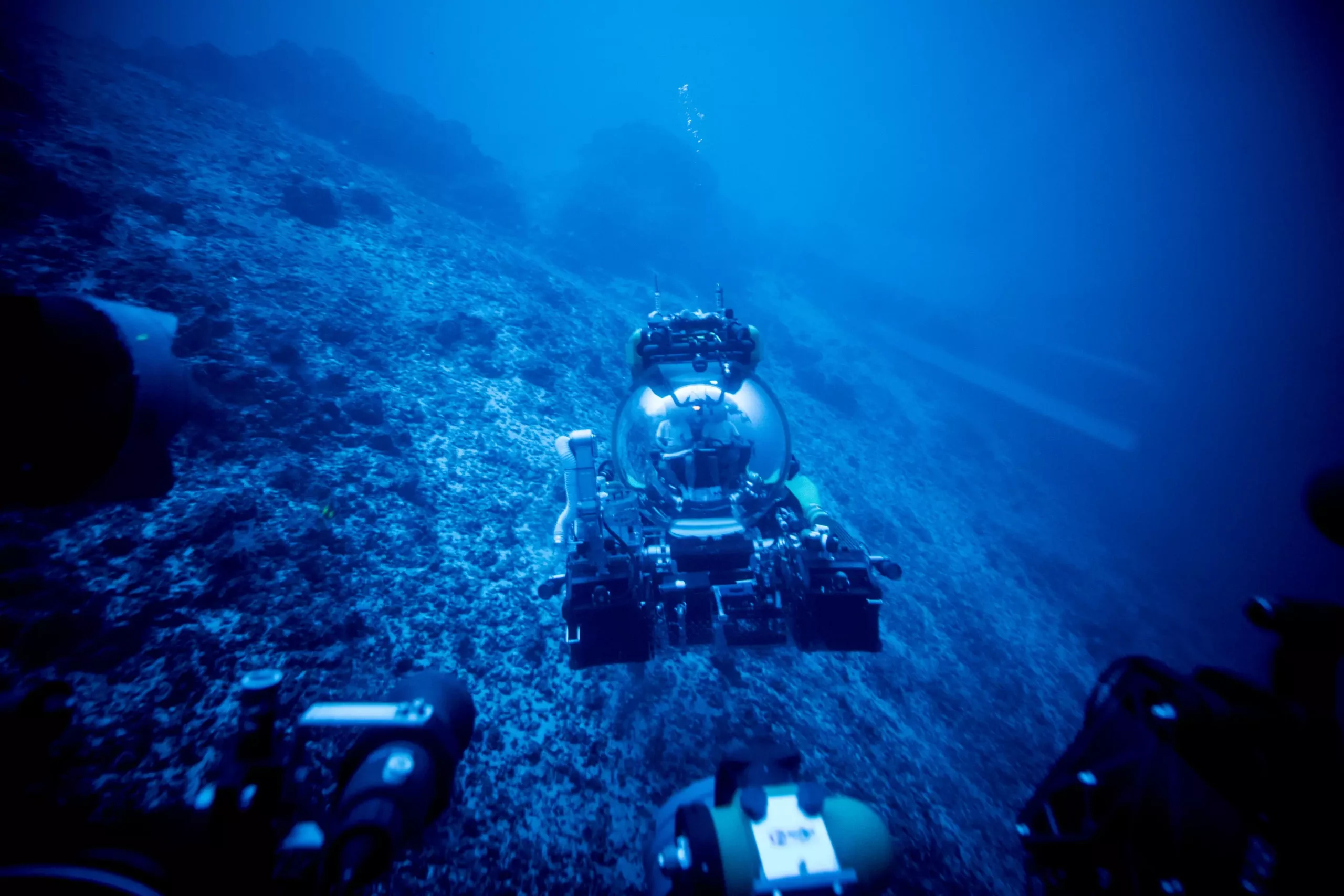

When studying rocks, one can uncover a captivating narrative hidden within. Frieder Klein, an associate scientist in the Marine Chemistry & Geochemistry Department at the Woods Hole Oceanographic Institution, compares studying rocks to reading a book. His recent analysis of rocks from the submerged flanks of the St. Peter and St. Paul Archipelago in the St. Paul’s oceanic transform fault sheds light on a previously unknown aspect of the geological carbon cycle. This discovery challenges the notion that transform faults were uninteresting geological features. Instead, it reveals them to be potential significant sinks for carbon dioxide (CO2) and highlights their role in regulating Earth’s climate.
Transform faults are one of the three primary plate boundaries on Earth, along with the global mid-ocean ridge system and subduction zones. While extensive research has been conducted on carbon cycling at mid-ocean ridges and subduction zones, oceanic transform faults have received relatively minimal attention. Transform faults were historically dismissed as “somewhat boring” due to their low magmatic activity. However, Klein’s team has now assembled evidence suggesting that mantle rocks exposed along ocean transform faults could serve as immense CO2 sinks. Partial melting of the mantle, accompanied by the release of CO2 and subsequent reactions with hydrothermal fluids, leads to the capture of CO2 near the seafloor. This previously undiscovered component of the geological carbon cycle challenges previous estimates of global CO2 fluxes.
The research conducted by Klein and his colleagues uncovered a fascinating aspect of carbon cycling at oceanic transform faults. The mass transfer of magmatic CO2 to the altered oceanic mantle and seawater in transform faults may be more significant than previously estimated. Although the amount of CO2 emitted at these faults pales in comparison to anthropogenic emissions, it is crucial to consider the role of geological emissions in regulating Earth’s climate over geological timescales. Klein emphasizes that, before human-driven CO2 emissions, geological emissions from Earth’s mantle were pivotal in shaping the planet’s climate and habitability. Global anthropogenic CO2 emissions currently amount to approximately 36 gigatons (Gt) per year, overshadowing the estimated geological emissions of 0.26 Gt per year. Nevertheless, understanding natural carbon cycling is essential for comprehending modern climate change and the historical fluctuations that have shaped Earth’s deep past.
To gain a better understanding of carbon cycling between Earth’s mantle and the ocean, Klein, Schroeder, and their team focused on the formation of soapstone and other magnesite-bearing assemblages during mineral carbonation of mantle peridotite in the St. Paul’s transform fault. Through magmatism in or below the fault’s root zone, as well as subsequent degassing, CO2-rich hydrothermal fluids flow through the fault, ultimately leading to the carbonation of peridotite. This mechanism offers the potential for substantial CO2 sequestration. The combination of low extents of melting, which generate CO2-enriched melts, alongside the presence of peridotite, creates ideal conditions for extensive mineral carbonation at oceanic transform faults.
The rocks studied by Klein and his team were collected during a 2017 cruise to the St. Peter and St. Paul Archipelago. Employing human-occupied vehicles, they embarked on a mission to explore low-temperature hydrothermal activity. Despite initially failing to detect any such activity, their expedition turned into a dream come true when they stumbled upon carbonate-altered oceanic mantle rocks. This discovery validated their predictions made 12 years prior, highlighting the significance of perseverance and exploring new frontiers in scientific research.
The analysis of rocks from oceanic transform faults has unveiled an untold story of carbon cycling. Transform faults, once dismissed as uninteresting features, are now recognized as potentially vital sinks for CO2. They play a critical role in regulating Earth’s climate over geological timescales, addressing the carbon concentration in various surface reservoirs. Understanding the natural carbon cycle, particularly the historical fluctuations driven by mantle-sourced CO2, is essential for comprehending modern human-caused climate change. This groundbreaking research urges scientists to delve into the deep past of Earth’s climate and unravel the intricate relationship between Earth’s mantle and the ocean-atmosphere system. By studying the geological carbon cycle, we can gain valuable insights into how to address and mitigate the consequences of anthropogenic CO2 emissions.
A groundbreaking discovery by scientists at the University of Manchester is poised to reshape the…
In an era marked by rapid ecological change, the quest for understanding environmental pollutants like…
The meteoric rise of artificial intelligence (AI) technologies is not without significant implications on our…
The landscape of quantum computing is on the verge of transformative progress, fueled by groundbreaking…
Schizophrenia is not merely a mental health issue; it is a multifaceted condition that wreaks…
Recent scientific research has illuminated the intricate web that ties our dietary choices to the…
This website uses cookies.